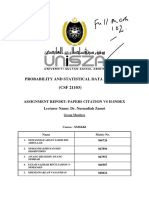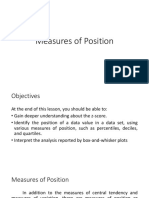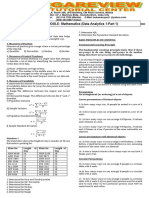0% found this document useful (0 votes)
60 views30 pagesML Manual
The document outlines several programming tasks involving data analysis and machine learning using various datasets. It includes creating histograms and box plots, computing correlation matrices, implementing PCA, and applying different algorithms such as k-Nearest Neighbour, decision trees, and Naive Bayes. Additionally, it covers clustering techniques and regression analysis using datasets like California Housing, Iris, and Breast Cancer.
Uploaded by
Shradha JCopyright
© © All Rights Reserved
We take content rights seriously. If you suspect this is your content, claim it here.
Available Formats
Download as PDF, TXT or read online on Scribd
0% found this document useful (0 votes)
60 views30 pagesML Manual
The document outlines several programming tasks involving data analysis and machine learning using various datasets. It includes creating histograms and box plots, computing correlation matrices, implementing PCA, and applying different algorithms such as k-Nearest Neighbour, decision trees, and Naive Bayes. Additionally, it covers clustering techniques and regression analysis using datasets like California Housing, Iris, and Breast Cancer.
Uploaded by
Shradha JCopyright
© © All Rights Reserved
We take content rights seriously. If you suspect this is your content, claim it here.
Available Formats
Download as PDF, TXT or read online on Scribd
/ 30
























































































